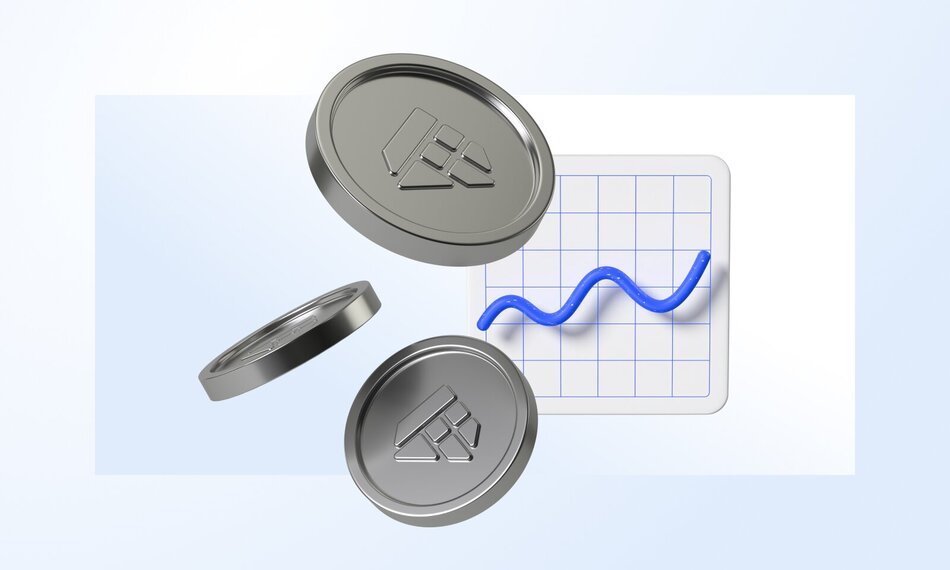Real estate can be an excellent investment strategy because of the historical appreciation, consistent cash flow, and the many tax breaks and benefits that owning an investment property allows. One of the more popular ones is the 1031 Exchange, a tax break that can help you defer your capital gains and keep your annual property tax bill low. Here’s everything you need to know about how a 1031 exchange works.
What is a 1031 exchange?
A 1031 exchange is also known as the like-kind exchange or Starker exchange. It gets its name from Section 1031 of the Internal Revenue Code (IRC). The 1031 Exchange is a tax break that allows you to sell a business property or real estate held as an investment and swap it for a new one for the same purpose while deferring the capital gains tax on the sale.
Or, to put it more simply, when you sell an investment property, the Internal Revenue Service (IRS) requires you to pay capital gains tax of up to 20%, depending on your taxpayer bracket, on the sale price. However, suppose you use the money from the sale of the original property (the relinquished property) to buy another (the replacement property) for the same purpose within a specified period. In that case, you can defer the capital gains until the replacement property is sold.
There are a few exchange rules to consider when utilizing the 1031 process:
- An exchange can only be made with like-kind properties, that is, two real estate assets of a similar nature as defined by the IRS. Both properties must be located in the U.S. to qualify.
- The replacement property must be of equal or greater value to the relinquished property.
- While the 1031 Exchange is most frequently used for buildings, it can also be used for raw land, a ranch, or strip malls.
- There is no limit on how frequently you can do a tax-deferred exchange. Theoretically, you can roll over gains from real estate investments indefinitely to new purchases, only paying a one-time final capital gains tax on the last sale.
- After selling your relinquished property, you have 45 days to find potential replacement properties.
- A qualified exchange facilitator or intermediary must hold exchange funds in escrow until you purchase the replacement property. You have 180 days to close on the replacement property once you’ve sold your relinquished property.
- The 1031 provision cannot be used for your principal residence.
When to use a 1031 exchange
Savvy real estate investors use a 1031 exchange process to defer capital gains tax and build wealth. However, you may sell a property and utilize this tax break for several other reasons. These include:
- Investing in a property that has better returns, either in rental income or appreciation, than your current property.
- Exchanging a self-managed property for a managed unit or units.
- Consolidate several properties into one for life estate planning purposes or simplifying assets.
- Selling one property and exchanging it for multiple units to diversify your real estate portfolio or to take advantage of numerous real estate markets.
- Turning your vacation home into a rental property.
- To reset the depreciation on your property. (More on this below.)
Property requirements for a 1031 exchange
Any property held for business or investment purposes can be exchanged for another as long as the IRS sees them as like-kind properties. The definition of like-kind is broader than it seems since it refers to the nature of the investment rather than the form. A single-family rental can, therefore, be exchanged for a multi-family apartment building.
While you can exchange vacant land, you cannot trade partnership shares, notes, stocks, bonds, certificates of trust, properties in foreign countries, personal property, or stock in trade. For instance, if you purchase a house to flip and sell as soon as it’s been renovated, that will be considered “stock in trade” or business inventory and, therefore, ineligible for the 1031 Exchange. Similarly, if you sell too many properties during a year, you may be considered a “dealer” and the properties “stock in trade.”
Let’s talk about some of the common types of property and the rules regarding the 1031 Exchange for each.
Vacation home
You cannot exchange a vacation home and expect to take advantage of the 1031 provision. However, if you convert that vacation home to a rental property, you’re good to go. To do this, you’d need to stop using your vacation home for personal trips, rent it out for a minimum of six months to a year, and then exchange it for a different property. This converts the vacation home to an investment property and, once classified as such, exchanges it for another investment property using the 1031 Exchange. It is crucial, however, that you have tenants in the vacation property to not be disqualified from the exchange.
Residence or second home
As mentioned, a property for personal use as a primary residence is disqualified from a 1031 exchange. However, like with your vacation home, if you rent it out for a period of time, it can be converted into an investment property, changing its nature and making it eligible.
Tax implications of a 1031 exchange
While using the 1031 exchange is an excellent tax strategy, it is also one of the more complicated ones, which means you need to consider some income tax and estate implications; these include:
Partial sales proceeds
All 1031 exchanges happen through a qualified intermediary, a person or company that sells your property on your behalf, holds on to the money from the proceeds, purchases the replacement property, and ensures all transfers are done in keeping with IRS guidelines. A qualified intermediary must have 1031 exchange transactions to ensure the sale is not taxed.
After you purchase the replacement property, cash may be left over, which the intermediary must pay out to you at the end of 180 days. These partial sales proceeds from the property sale, known as “boot,” are taxed as capital gains.
Mortgages and loans
It’s essential to consider loans and mortgages while selling your property. Even if you don’t have any cash come back to you as partial sales proceeds, your debt may still be reduced on the replacement property. The difference will be treated as taxable income if that is the case.
Depreciation recapture
Over the life of a property, you will claim depreciation as a tax break; that is, a property’s everyday wear and tear is considered an expense. However, when you sell the same property, the depreciation accumulated during that time frame is “recaptured” and taxed. A 1031 Exchange allows you to avoid this recapture by rolling over the cost basis from the old property to the new one. It’s always best to talk to a qualified CPA for these calculations.
Estate planning
For long-term investors, one of the most significant benefits of the 1031 Exchange is estate planning. Tax liabilities end with death, so your heirs inherit the property at the stepped-up fair market value and are not required to pay capital gains tax. In the long-term, you could purchase a property for your family and end up not paying any capital gains tax on it.
Types of exchanges
A few different types of exchanges are possible within the 1031 Exchange. These include:
- Delayed exchange: This is the most common type of exchange. You have 180 days to purchase a new property with the delayed exchange. If the relinquished property sells first, the funds are held by the qualified intermediary until the replacement property is acquired.
- Built-to-Suit exchange: This is also known as a construction exchange or an improvement exchange. This exchange allows the deferred tax dollars to be used towards renovations of the replacement property. These exchanges are still subject to the 180-day rule, which means all modifications to the replacement property must be finished within this time limit.
- Reverse exchange: A reverse exchange or forward exchange is when you purchase a replacement property before you’ve closed the sale of the relinquished property. When this happens, the property is transferred to an exchange accommodation titleholder, and a qualified exchange agreement must be signed.
Take advantage of tax benefits with Arrived
If you’re selling an investment property to replace it with a new one, utilizing the 1031 Exchange can be an excellent way to defer your tax liability.
If you’re just getting started, however, one of the easiest ways to invest in real estate—and get all the tax benefits that real estate enjoys—is to buy shares of rental properties through Arrived. Browse through some of the properties we have on offer here.









